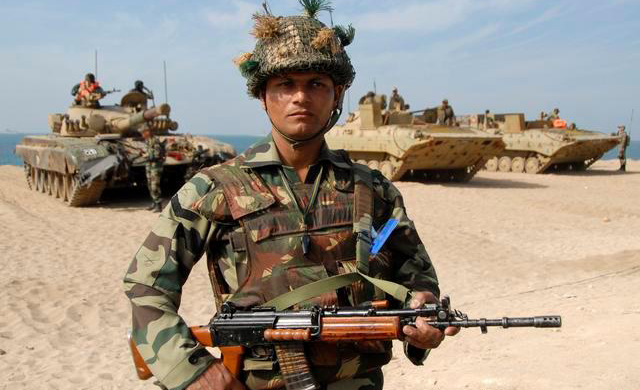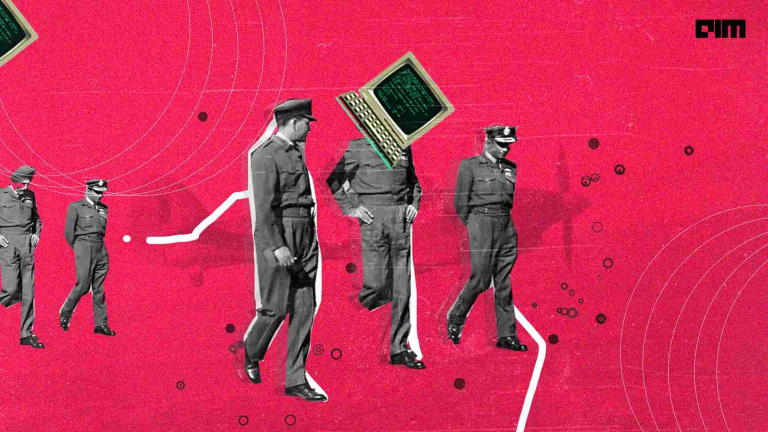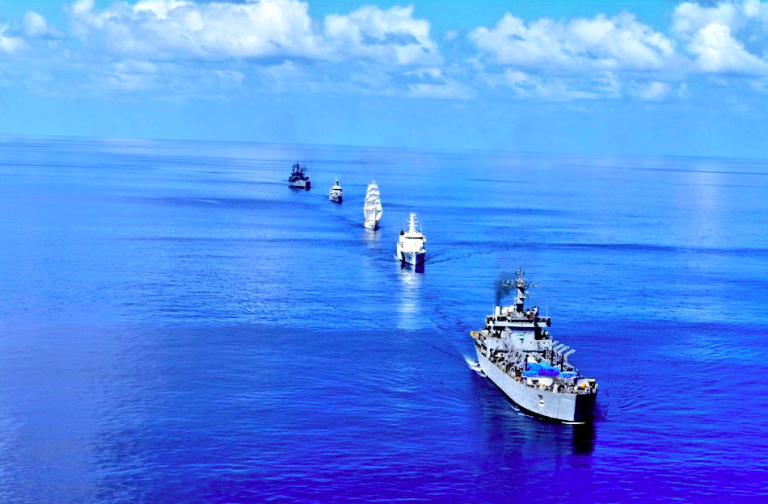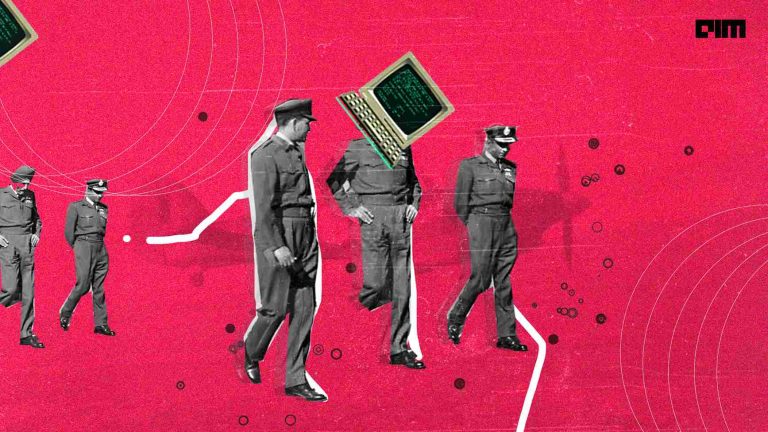|
Listen to this story
|
Technology already plays a vital role in modern warfare and, with the emergence of AI, it is expected to assume an even bigger role in the future of defence. So far, the Indian Army has undertaken various projects with many more in the pipeline aimed towards the integration of AI. However, not much has materialised in terms of improvement in its capabilities in an actual battle environment.
“The scope of artificial intelligence is vast. And if I did say, what we have done till now is very rudimentary or very basic of what the scope or potential of AI in the Indian Army can be”, said Lt. Gen. Shantanu Dayal, Deputy Chief of Army Staff while speaking at the ‘Artificial Intelligence in Defence’ (AIDef) event.
AI integration into the Indian Army’s core operations is critical because that is what our adversaries are doing. India shares sensitive borders with China and Pakistan. Tension between India and China was at its peak during the Galwan Valley clash, and the fear of war lurked around for months.
Pravin Sawhney in his book, ‘The Last War: How AI Will Shape India’s Final Showdown With China’, said that if India and China were to clash in the near future, India would most likely lose within 10 days. This is because the Chinese military has made significant progress in AI integration compared to India.
So far, the Indian Army has used AI for facial recognition, language translation (Mandarin to English), remotely-operated weapon stations, robotic mine detectors, and intrusion detection systems, among others.
Now, the primary focus of the Indian Army is to leverage AI in its core operations.
War efficiency
In a battle environment, the soldiers operate under acute stress and time pressure. There is also the threat from the enemies along with the threat to life. Most of the time, terrains and weather conditions further aggravate the situation.
Most of India’s sensitive borders are in the Himalayan stress, from Kashmir in the north to Sikkim in the East.
It is at such strategic locations that the Indian Army aims to leverage the potential of AI and empower the infantry to execute their tasks in a much easier and swift manner.

Military intelligence and surveillance
Military intelligence, where information is collected and analysed, helps authorities make accurate decisions in a battle environment. The Indian Army aims to use AI and enhance its intelligence gathering and surveillance capabilities to better assist commanders in their decision-making.
The information collected could be about the enemy, weaponry, battle capabilities, or any aspect of the battlefield from different sources.
“We have got aircraft, we have got satellites, we have got drones, we have got soldiers, we have got numerous kinds of platforms and capabilities, which get us this information. And today, the information is absolute. There’s no dearth of that information. The problem is how to collate that information. How to present it to the commander or the boss there so that you can make use of that information”, said Lt. Gen. Shantanu Dayal.
The problem is collecting and analysing information can be a time-consuming process. By the time this information is collated and ready for use, the dynamics of the operations have already changed making the processed information more or less redundant.
To resolve this, the Indian Army seeks an AI system that can collect, analyse and present crucial data in a short time frame to assist quick decision making needed in the battlefield. Further, the collected data may not always be good data. Most of the time, the collected data is distorted or falsified.
“So, the AI has to be intelligent enough, potent enough to discern through these kinds of enemy activities”, explained Lt. Gen. Shantanu Dayal.
Combat Units
The Indian Army ranks as the second largest army in the world, with more than 1.4 million personnel. Besides their mammoth strength, the Indian Army has a stunning number of armoured combat units, artillery, missile systems, air defence systems and unmanned aerial vehicles.
“This is what the Army fights with. This is what gives the results to the nation. This is what destroys the adversary, and this is what gets the victory for the country”, said Lt. Gen. Shantanu Dayal.
He further explained with the example of an artillery gun that there are systems to calculate the trajectory of the shell. These systems take into account factors such as wind speed, temperature, the density of the air, the range and more.

“All these factors go into play, and there are very established and very good systems of calculating all this to ensure the accuracy of the shell. And obviously, because all these factors have to be calculated from certain sources, it takes time”, added Lt. Gen. Shantanu Dayal.
However, in most cases, in a battle environment, due to the lack of time, all aspects cannot be factored into the system, and therefore sometimes, it is not so accurate. This is where AI comes in. It can factor in all aspects and provide accurate calculations.
Supply chain disruption
The supply chain also plays an important role in ensuring the efficiency of the military. To reiterate, let’s take the example of the movement of ammunition, which is stored in different depots in various parts of the country.
Ammunition is moved by different modes of transportation and reaches the forward area. Further, it might be moved again by mule or by helicopters, before it reaches the soldiers.
“It is a long chain, and each part of the chain is prone to disruption, and therefore, prediction of the disruption, prediction of the capability, prediction of the smoothness or prediction of the robustness of the system is a very important factor to enable the commanders to plan their operations”, Lt. Gen. Shantanu Dayal said.
There are existing systems that provide such predictions. However, they are not as robust as the Army would prefer them to be in order to maintain efficiency. They require an AI system that is capable of sustaining the vagaries of battle, enemy disruption, communication breakdown, disruption in transportation and more.
“My aim was to expose all of you to the vastness of the requirement of AI in the Indian Army, and we will be accepting all such proposals, all such ideas with open arms”, concluded Lt. Gen. Shantanu Dayal.

















































































